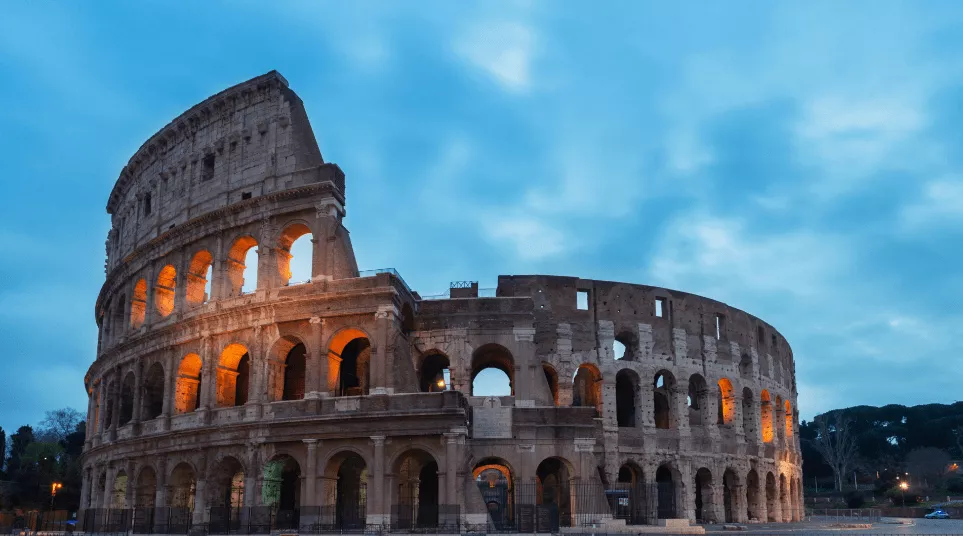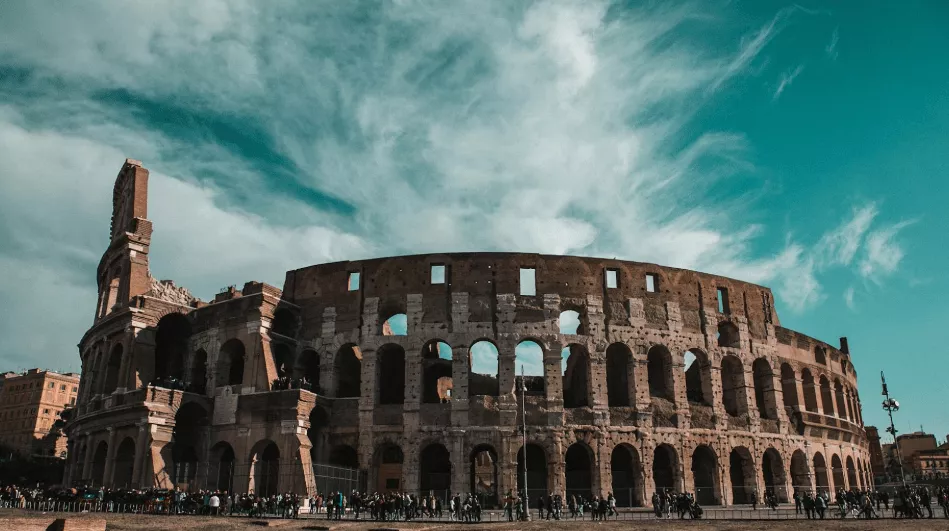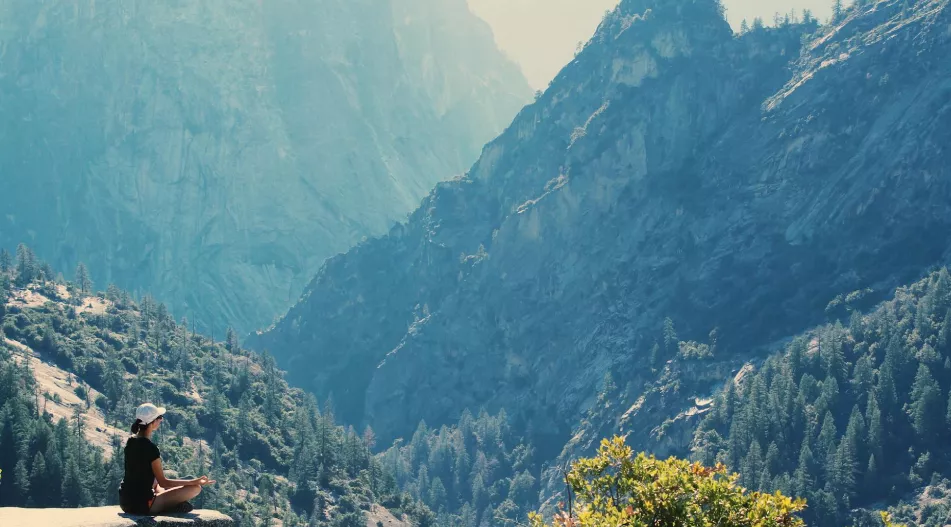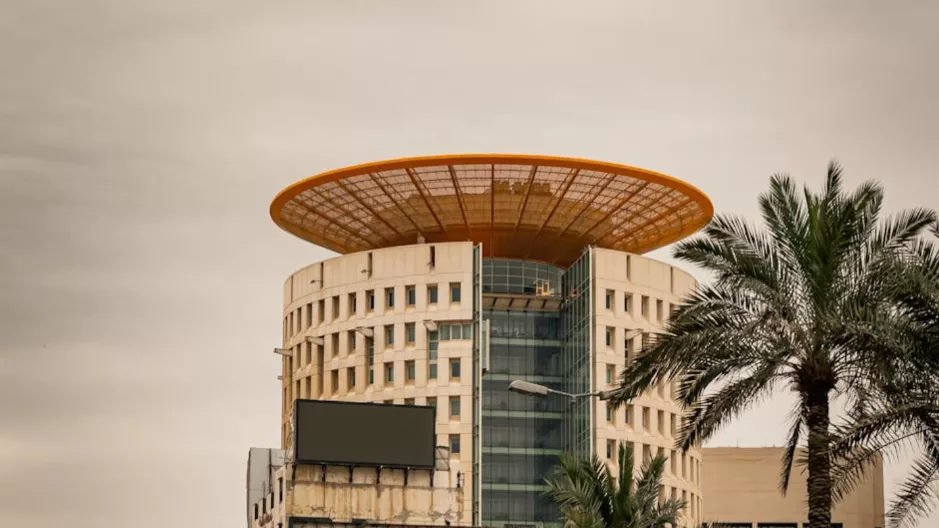You might think you’ve seen all the must-visit spots if you’re heading to Rome—but wait! Discover the city’s unique side. Rome offers a plethora of hidden gems, from offbeat neighborhoods to lesser-known ancient paths, that can enhance the memory of your trip. If you’re ready to uncover a different side of the Eternal City, let’s dive into some unique experiences you won’t want to miss!
Everything You Need to Know
- Explore the lesser-known Quartiere Coppedè for its unique architecture.
- Bike along the historic Appian Way and visit its ancient catacombs.
- Savor authentic Roman street food while meeting local vendors.
- Discover the eerie beauty of Rome’s crypts and burial sites.
1. Explore Quartiere Coppedè: A Hidden Neighborhood
If you’re planning a trip to Rome, you might think you already know all the must-see spots. But hold on—there’s a whole other side of the city just waiting to be discovered. From quirky neighborhoods to ancient hidden paths, Rome is full of secret gems that can make your visit truly unforgettable. So if you’re ready to explore a different side of the Eternal City, let’s dive into some unique experiences you won’t want to miss!
Discover the Unique Architecture
Quartiere’s architecture Coppedè’s architecture is unlike anything else in Rome. Art Nouveau, Baroque, and even some medieval elements tossed in for good measure make this a wild mix. Honestly, it’s as though the architect chose everything instead of a style! Watch for the extravagant décor, the unusual statuary, and the general feeling of imagination. The Coppedè District offers an exquisite visual experience.
Stroll Through Enchanting Streets
Walking through Quartiere Coppedè feels like stepping onto a movie set. Every twist and turn reveals a new architectural wonder hidden along its winding streets. It’s the perfect place for a slow stroll and a taste of timeless charm. Expect fairy tale-like buildings, ornate fountains, and hidden courtyards around every corner. And don’t forget to look up—the façade details are absolutely stunning!
Here are some things to look for:
- The Spider Palace (Palazzo del Ragno)
- The Fountain of the Frogs (Fontana delle Rane)
- The wrought-iron details on the buildings
Experience Local Cafés and Shops
Despite Quartiere Coppedè’s predominantly residential nature, the area still boasts a few charming cafés and stores. These are wonderful spots to relax, get a coffee, and enjoy the local vibe. The pace is slower here, more laid-back than in the hectic city center. Away from the tourist throngs, it offers a chance to see a distinct side of Rome.
Strolling around Quartiere Coppedè, you will see a clear absence of tourist traps. Real people live and work in this genuine area. This makes it more genuine than several of the more well-known parts of Rome. Enjoy the distinctive ambiance, investigate, and take your time.

2. Discover the Appian Way’s Secrets
More than simply an ancient route, the Appian Way—or Via Appia Antica—is a trip back in time. Far from the busy tourist areas, this ancient Roman route provides a special view into the past of the empire. Walking or cycling along the same route Roman legions once marched gives one an opportunity to experience history in a real way.
Bike Tours Along Historic Roads
Biking is one of the finest ways to see the Appian Way. Many businesses provide guided excursions along the ancient road, highlighting historical sites and telling past stories. You can feel the history beneath your tires as you pedal past ruins and monuments. The soft speed lets you absorb the environment, and it’s a wonderful method to cover more ground than walking. Moreover, it’s a pleasant way to get some exercise!
Explore the Catacombs
You will come across many catacombs, ancient subterranean burial sites, along the Appian Way. These catacombs provide an interesting, yet a little spooky, glimpse into early Christian history. Among the most renowned are the Catacombs of Callixtus, which have kilometers of tunnels and rooms housing the remains of early Christians numbering thousands. Exploring these subterranean tunnels provides a unique perspective on Roman history and culture, thereby creating an unforgettable experience.
Have Scenic Picnics in Nature
Apart from the historical landmarks, the Appian Way is a lovely spot to appreciate nature. Lined with trees and bordered by verdant fields, the route offers an ideal picnic location. Pack a picnic, locate a calm area, and appreciate the serene surroundings. It’s a wonderful way to relax in a peaceful setting and escape the hustle and bustle of the city. The Roman countryside’s magnificence may be truly appreciated, and one can picture living centuries ago.
The Appian Way provides a peaceful retreat from the busy city center by offering a special mix of history and nature. It’s an opportunity to go back in time and feel the magnificence of ancient Rome in a more personal and intimate manner. The Appian Way has something to offer everyone, whether your interests are history, wildlife, or just a quiet vacation.
3. Savor Authentic Flavors on a Street Food Tour
Prepare for a gastronomic rollercoaster! Roman street cuisine is a sensory feast, from crunchy pizza al taglio to velvety gelato. Try everything; that’s the whole idea! Every corner will reveal undiscovered treasures, each with its narrative and taste profile. One location springs to mind that served the most incredible fried artichokes. The experience was truly transformative.
Meet Local Vendors
Street food is about the people, not just the cuisine. You will encounter fervent sellers who take pleasure in their work. These companies, often family-run, have been providing pleasure for generations. Talk to them, find out about their experiences, and you will come to value Roman culture more. It’s much better than merely snatching something from a chain. Think about a Trastevere food tour to connect with several of these suppliers.
Learn About Roman Culinary Traditions
Every mouthful narrates a tale. Steeped in history and tradition, Roman street cuisine You will find the roots of timeless recipes and the components that give them such uniqueness. It’s like a history class, but far tastier. Furthermore, your newly acquired knowledge of Roman food will allow you to wow your friends back home.
The most enjoyable aspect of a street food tour, in my opinion, is its spontaneity. You never know what you’ll discover, which is part of the fun. It’s an opportunity to experiment with something fresh beyond your comfort zone. And who knows, you could find your new favorite cuisine.
Discover the Mystery of Rome’s Crypts
Rome isn’t all sunshine and gelato; underneath the busy streets is a darker, more enigmatic side. I mean the crypts—old burial sites and bone-filled churches that provide a rather unusual view into the history of the city. They are a must-see for those who enjoy history, and they are morbid. Though rather disturbing, it’s an intriguing event.
Go to the Bone Chapel
Probably the most renowned is the Capuchin Crypt, which lies under the Santa Maria della Concezione dei Cappuccini church. What makes it so unique? Well over 4,000 Capuchin monks’ bones adorn the walls and ceilings. Indeed, you read that correctly. With detailed patterns and designs created totally from human remains, it’s quite a strong sight. It undoubtedly leaves an impression and serves as a poignant reminder of our mortality. Remember, we used to be able to take pictures, but that’s no longer the case.
Discover the Catacombs
Stretching for kilometers under the city, Rome’s catacombs are ancient subterranean burial grounds. Among the largest and most significant are the Catacombs of Callixtus, which contain the graves of early Christian martyrs and popes. Walking through these softly lighted tunnels, you can nearly sense the historical weight weighing down on you. Considering the people buried here centuries ago, one feels both claustrophobic and deeply touched.
Learn About the History of Burial Practices
Visiting these locations is about knowing the past and ideas around death and burial in ancient Rome, not only about viewing bones and tunnels. You will discover the many burial rites, the social relevance of these locations, and the lives of the individuals interred there. It’s an intriguing look into a world somewhat dissimilar to our own.
Examining Rome’s crypts and catacombs provides a sad but rewarding experience that gives a different view of the city’s complex past and its cultural views on death. It’s an opportunity to deeply engage with the past away from the throng of tourists.
4. Find Undiscovered Art at Lesser-Known Galleries
Outside the Vatican and the Borghese, a whole new realm of artistic expression awaits discovery. Believe me, though, exploring off the beaten path is well worth the effort, even if it’s tempting to focus on the major names. You could possibly discover your new favorite gallery or artist!
Visit Contemporary Art Spaces
Forget about the Renaissance for a moment. The modern art scene in Rome is dynamic and interesting. Visit smaller local galleries like Trastevere and Monti. Often, these venues highlight experimental projects and rising talent. From modern installations to abstract paintings, you will discover a wide range of art forms. It’s a wonderful way to see what’s currently happening in the art world. I recall accidentally stumbling upon an exhibition featuring digital art installations—completely unanticipated and really cool. These kinds of shocks have exploration value. Most galleries are free to enter, and the personnel are generally eager to discuss the work, so don’t be scared to just go in.
Explore Local Artist Studios
Are you seeking a truly unique experience? Look for nearby artist studios. Many Roman painters let the public into their studios to provide insight into their creative process. Online directories or inquiries at art supply stores will help you locate these studios. It’s an opportunity to meet the artists, view their works in progress, and even buy art straight from them. Furthermore, you may assist the local artistic scene! I once visited a sculptor’s studio that was concealed in a courtyard of the Pantheon. Seeing the tools they employed and the raw materials truly made me appreciate the work anew. It’s far more personal than simply viewing a completed work in a museum. Think of the experience as your opportunity to discover unusual draws.
Attend Unique Art Exhibitions
Watch for unusual art shows. These could take place in unusual settings, including outdoor sites, private residences, or abandoned structures. Often including site-specific installations or performance art, these shows provide truly immersive experiences. Look for local listings and alternative media sources to learn about these buried treasures. You never know what you could find. I saw an exhibition in an ancient warehouse showcasing soundscapes and light displays. It was unlike anything I’d ever seen before, and it totally transformed my view on what art could be.
A wonderful method to appreciate the creative energy of Rome is to visit its lesser-known galleries and art venues. It’s about interacting with artists, learning different viewpoints, and finding art that really speaks to you, not only about looking at beautiful images. Forget the throngs and go off the usual route; you will not regret it.
Commonly Asked Questions
- Quartiere Coppedè is what?
A little, odd area in Rome called Quartiere Coppedè is renowned for its quirky buildings and lovely streets.
- What methods are available for me to travel the Appian Way?
Riding along the historic road on a rented bike or participating in a guided bike trip will help you to discover the Appian Way.
- What street food should I try in Rome?
Local staples like supplì (fried rice balls), pizza al taglio (pizza by the slice), and gelato should be tried.
- Are there any well-known crypts in Rome?
The Bone Chapel is undoubtedly a well-known tomb; its decoration with human bones makes it a unique sight.
Everything you need—flights, hotels, car rentals, bike rentals, taxis, and eSIMs for travelers—book it all with Voyage Magnets.





